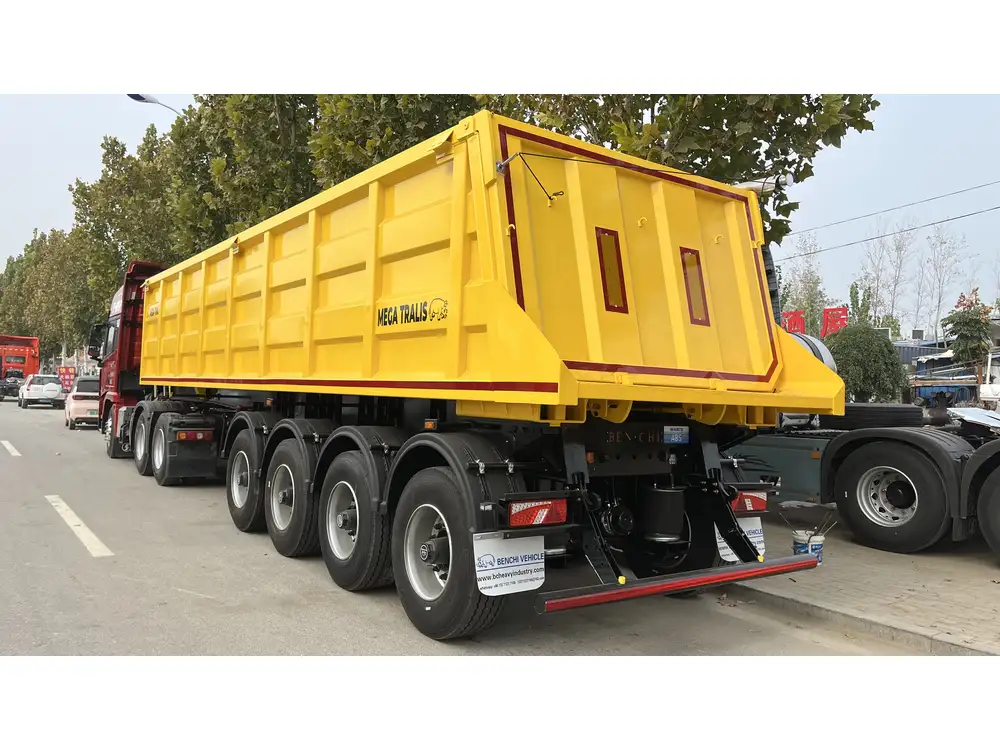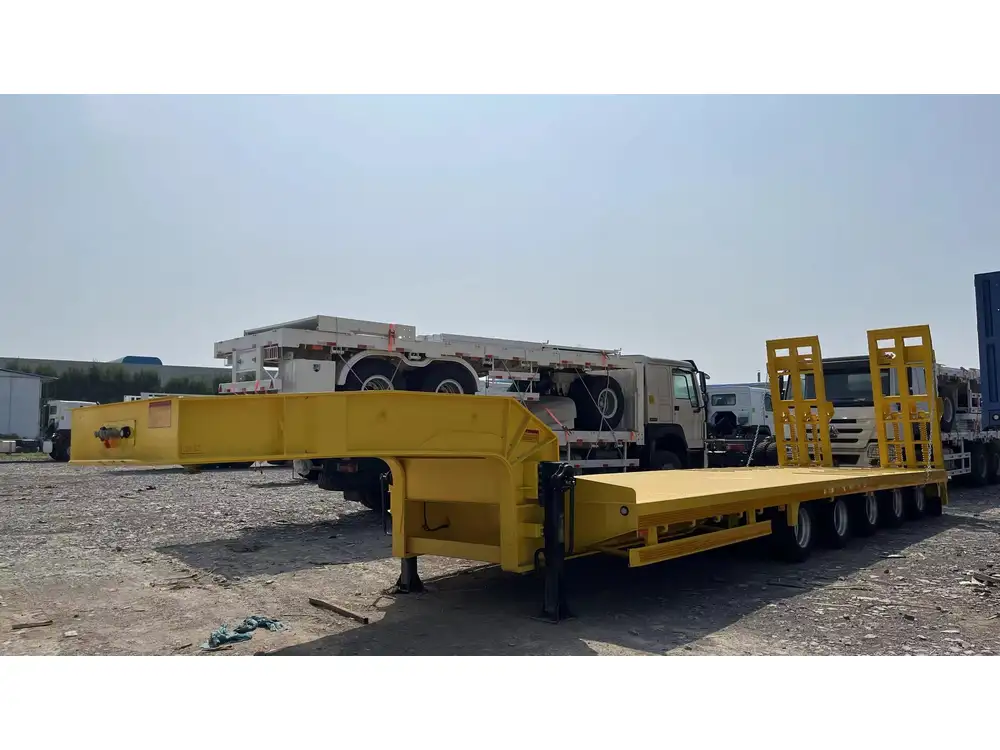Introduction to Semi-Trailer Tires
When it comes to the transportation industry, the longevity of semi-trailer tires is a cornerstone of operational efficiency. Each tire serves as a critical component, disproportionately impacting safety, fuel economy, and overall vehicle performance. But how many miles can you truly expect semi-trailer tires to last? The answer isn’t just a simple number; it encompasses a myriad of factors including tire type, usage, maintenance practices, and environmental conditions.
Tire Types and Their Lifespans
Semi-trailer tires are not all created equal. Here’s a breakdown of different types of tires and their expected mileage:
| Tire Type | Average Lifespan (Miles) | Usage Context |
|---|---|---|
| Steer Tires | 50,000 – 100,000 | Designed for the front axle, these tires are meant for steering control and highway use. |
| Drive Tires | 70,000 – 120,000 | Located on the drive axle, drive tires experience significant wear due to traction demands. |
| Trailer Tires | 60,000 – 100,000 | Found on trailers, these tires are built for long-distance hauling but have less weight on them compared to drive tires. |

Factors Affecting Tire Longevity
1. Tread Wear and Depth
Tread depth is a pivotal factor influencing tire lifespan. The minimum legal tread depth is 2/32 inch; however, most manufacturers recommend replacing tires at 4/32 inch to ensure optimal traction and performance.
- Tip: Regularly measuring tread depth can help identify when it’s time to replace tires before they become a safety hazard.
2. Load Capacity and Distribution
Tires are often rated for a specific load capacity. Overloading can lead to excessive wear and even tire blowouts. Proper load distribution across the trailer ensures that no single tire bears an unfair share of weight, extending the lifespan of your tires.
- Recommendation: Always adhere to the load rating printed on the tire sidewall and ensure proper loading techniques to balance weight across the truck and trailer.

3. Tire Pressure Maintenance
Under-inflated tires can cause overheating, while over-inflated tires compromise road contact and can accelerate wear.
- Guideline: Check tire pressure weekly, utilizing the manufacturer’s recommended PSI (pounds per square inch) for your tire model.
4. Driving Conditions
Driving on rough terrain, particularly in adverse weather conditions, can severely impact tire wear. Roads with potholes, gravel, and debris contribute to a significantly decreased tire lifespan.
- Insight: When possible, plan routes that minimize wear factors, avoiding rough road conditions to maximize tire longevity.
Maintenance Practices for Extended Lifespan

Routine Inspections
A systematic approach to inspections can unveil issues before they escalate:
- Visual Inspections: Look for signs of uneven wear, cracks, punctures, or bulges.
- Professional Inspections: Schedule regular professional assessments for an expert opinion on condition and lifecycle predictions.
Tire Rotation
Just like with passenger vehicles, rotating semi-trailer tires can mitigate uneven wear and extend their lifespan. This should ideally be done every 6,000 to 8,000 miles.
- Procedure: Follow your truck and tire manufacturer’s guidelines for optimal tire rotation specifics.
Choosing Quality Tires
The investment in high-quality tires designed specifically for your operational needs can yield significant long-term savings. Consider the following when selecting tires:
- Brand Reputation: Look into manufacturers known for durability and performance in your application.
- Tread Design: Specific tread designs are beneficial for certain conditions (e.g., all weather vs. highway performance).

Signs It’s Time to Replace Your Tires
Recognizing when to replace semi-trailer tires is crucial for safety and efficiency. Here are key indicators:
- Tread Wear Indicators: Modern tires come equipped with built-in indicators that advise when it’s time for replacement.
- Sidewall Damage: Cracks, blisters, or bulging can indicate structuring failure.
- Vibration and Noise: Unusual vibrations or road noises may signal an alignment issue or imminent tire failure.
Financial Implications of Tire Maintenance
Investing in tire maintenance can initially seem substantial but can prevent costly downtime and potential accidents.
Cost-Effectiveness Analysis
| Category | Estimated Cost (per tire) | Potential Savings |
|---|---|---|
| Quality New Tire | $300 – $800 | Longer lifespan, fewer replacements |
| Routine Maintenance | $100 (monthly) | Prevention of critical failures |
| Tread Depth Inspection | $50 (bi-annually) | Avoiding fines and penalties for safety violations |

Conclusion: Maximizing Tire Longevity
In the convoluted world of semi-trailer operations, understanding how many miles semi-trailer tires can last necessitates considering everything from tire selection to maintenance practices. A multifaceted approach rooted in constant vigilance over tire health can enrich both safety and economy in your logistics endeavors.
Final Recommendations
- Invest in Quality: Always choose reputable brands and consider the specific demands of your routes.
- Stay Proactive: Schedule routine maintenance checks and be diligent about monitoring tire health.
- Educate Your Team: Ensure that drivers and personnel are well-informed about the importance of tire maintenance.
Monitoring the health of your semi-trailer tires is not just about extending lifespan; it’s a vital part of ensuring safe transport, maintaining operational efficiency, and optimizing overall costs. By taking these practices to heart, you position your fleet for success, minimizing risks and maximizing productivity with every mile traveled.



